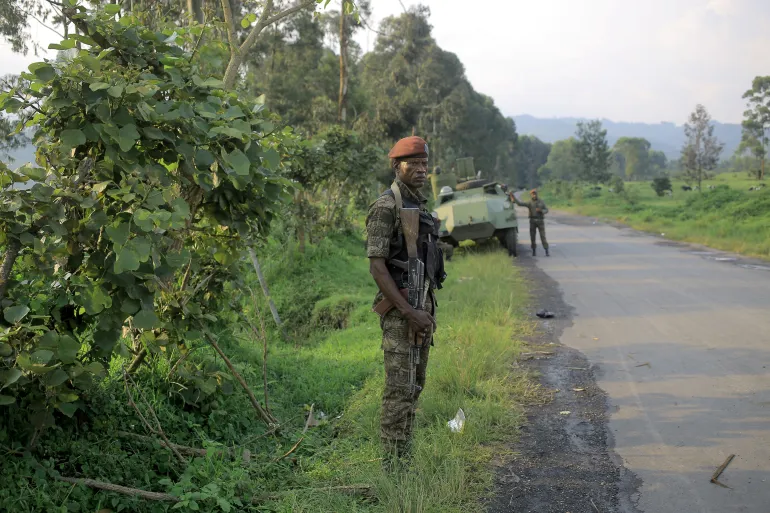In the embattled region of the Democratic Republic of Congo (DR Congo), the ongoing conflict has taken a perilous turn as Rwanda-backed March 23 (M23) rebels, supported by allied fighters, intensify their advance towards the capital city of North Kivu, Goma. The situation is alarming, marked by a sharp rise in the use of explosives, remote violence, and direct engagement of Rwandan military forces. According to the Armed Conflict Location & Event Data Project (ACLED), the total number of political violence events involving the Rwanda Defense Force (RDF) in 2024 has already surpassed the entire tally for the preceding year, primarily encompassing clashes against Congolese military forces and allied armed groups.
The recent surge in violence towards Goma is deeply concerning, particularly as it aligns with provocative remarks from Rwandan leaders asserting historical claims to parts of eastern DR Congo. This rhetoric increasingly suggests the rebels’ ominous intention to seize control of the city, a scenario that would mark the M23’s second occupation of Goma. The first occurred briefly in late 2012, unsettling the region’s delicate stability. Complicating matters, fragile peace agreements between the M23 and the Kinshasa government collapsed in October 2023, propelling the M23 to become the most active non-state armed group in DR Congo by the year’s end.
The intensification of conflict is reflected in the statistics for January 2024. Instances of explosive and remote violence, encompassing shelling and airstrikes, quadrupled compared to the 2023 average. Alarmingly, half of these events involved the M23 and Rwandan troops. Equally troubling is the growing involvement of Congolese military forces and supporting armed groups in these violent episodes. The United Nations, recognizing the imminent danger to civilians in populated areas around Goma, issued a call for the M23 to cease their “indiscriminate bombing” tactics.
Since October 2023, the toll on civilians has been devastating, with at least 55 reported deaths resulting from explosives, shelling, and aerial bombardments in North Kivu province. This stark reality underscores the urgent need for international intervention to protect the vulnerable population caught in the crossfire.
The motivations driving the M23’s resurgence and their collaboration with Rwandan forces demand careful scrutiny. The rebels’ historical links with Rwanda have been a longstanding source of tension, and the recent acceleration of events indicates a renewed and troubling alliance. The shifting dynamics raise questions about regional geopolitics and the complex interplay of interests at play in the Great Lakes region.
As the conflict escalates, the international community must not overlook the broader implications of the DR Congo crisis. The situation near the Rwanda border is not isolated but rather part of a broader regional puzzle with potential ramifications for stability in Central Africa. Diplomatic efforts must be redoubled to engage key stakeholders, urging restraint and a return to dialogue to prevent further escalation and loss of life.
In conclusion, the war in DR Congo, particularly the recent developments near the Rwanda border, demands immediate attention from the global community. The rise in violence, involvement of external actors, and the perilous situation in Goma underscore the fragility of the region’s peace. Swift and decisive action is imperative to avert a humanitarian catastrophe and restore stability to a region that has long suffered the devastating consequences of protracted conflict.





